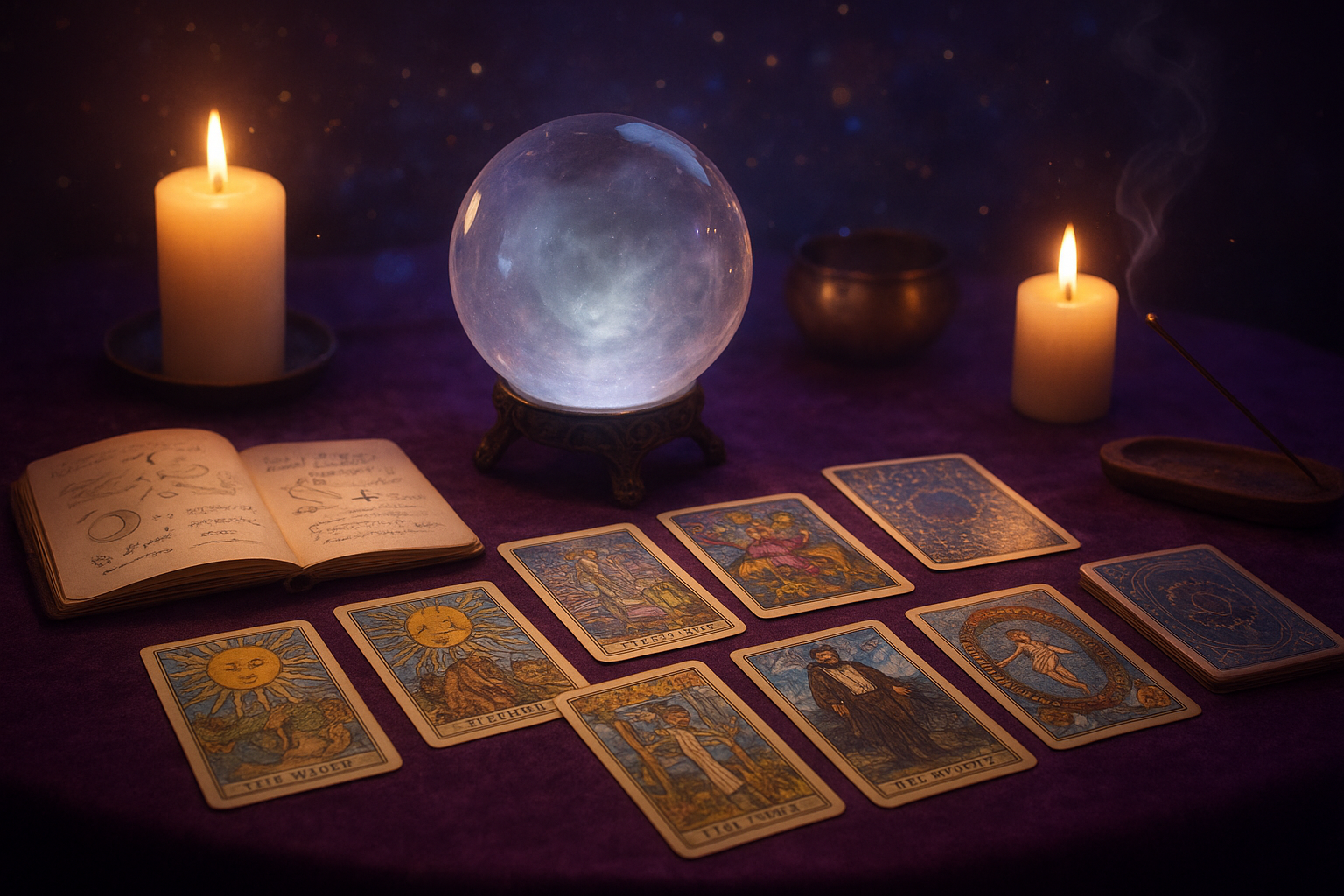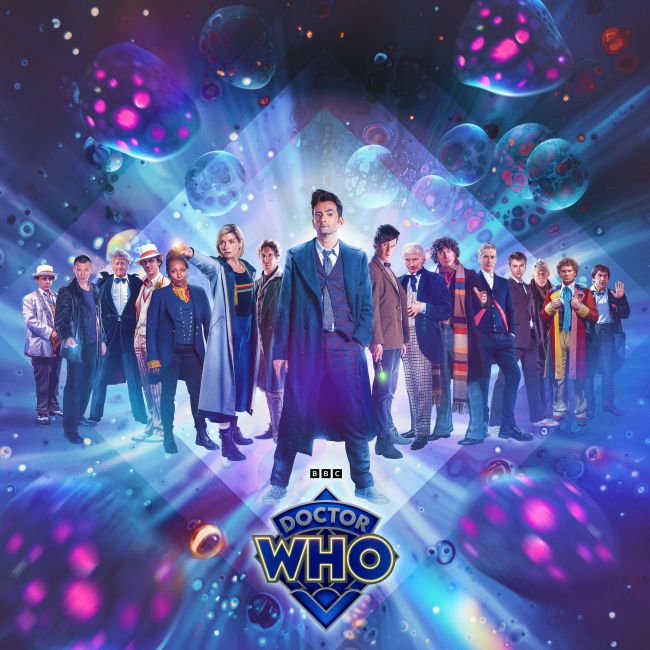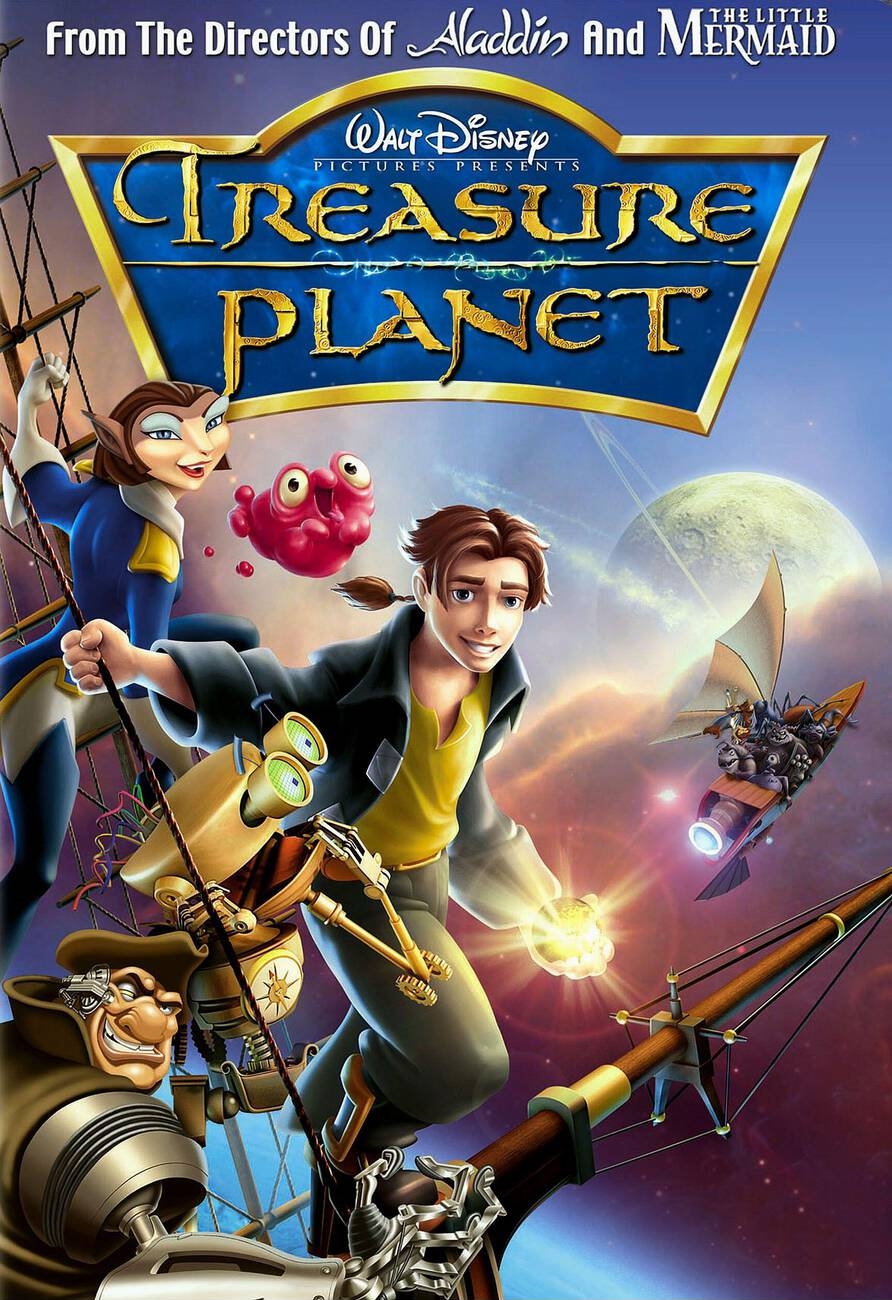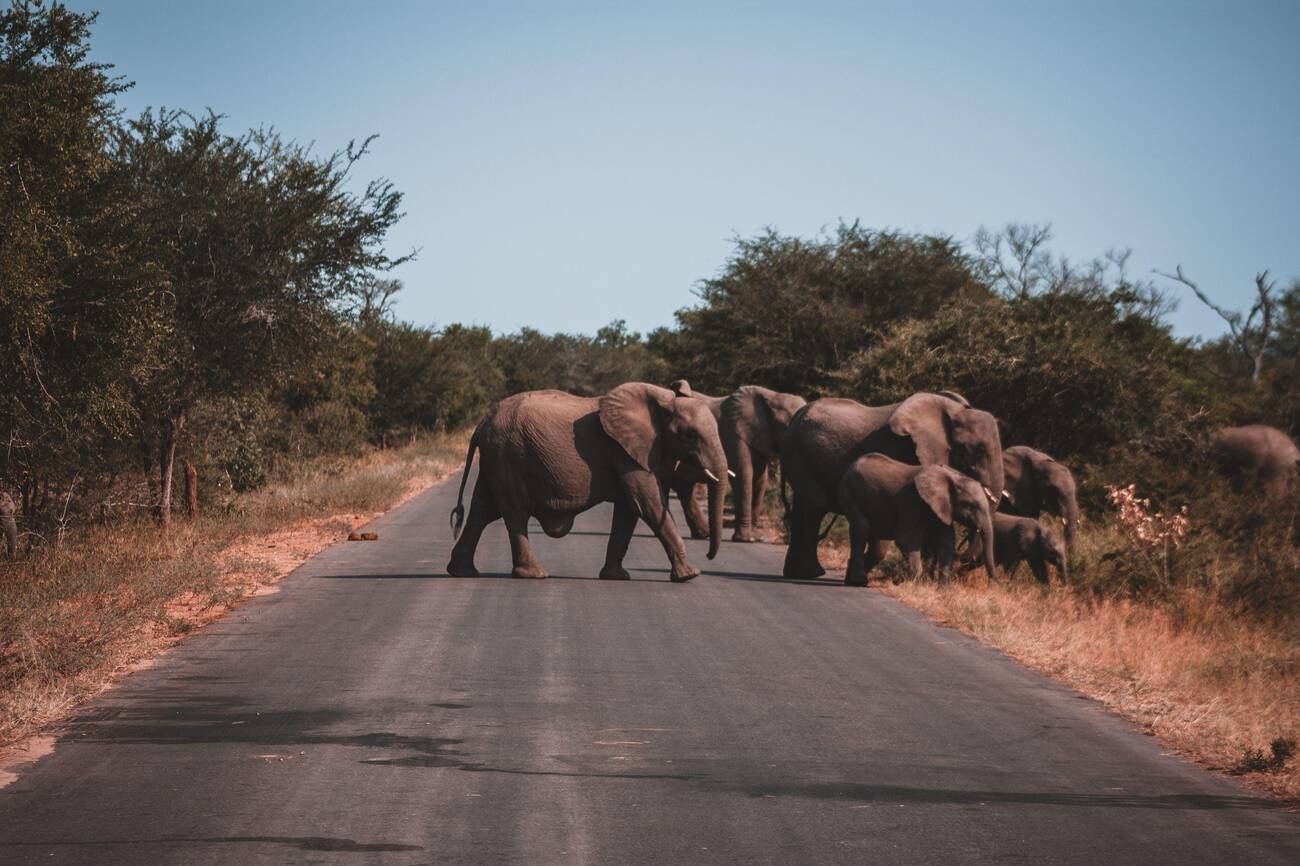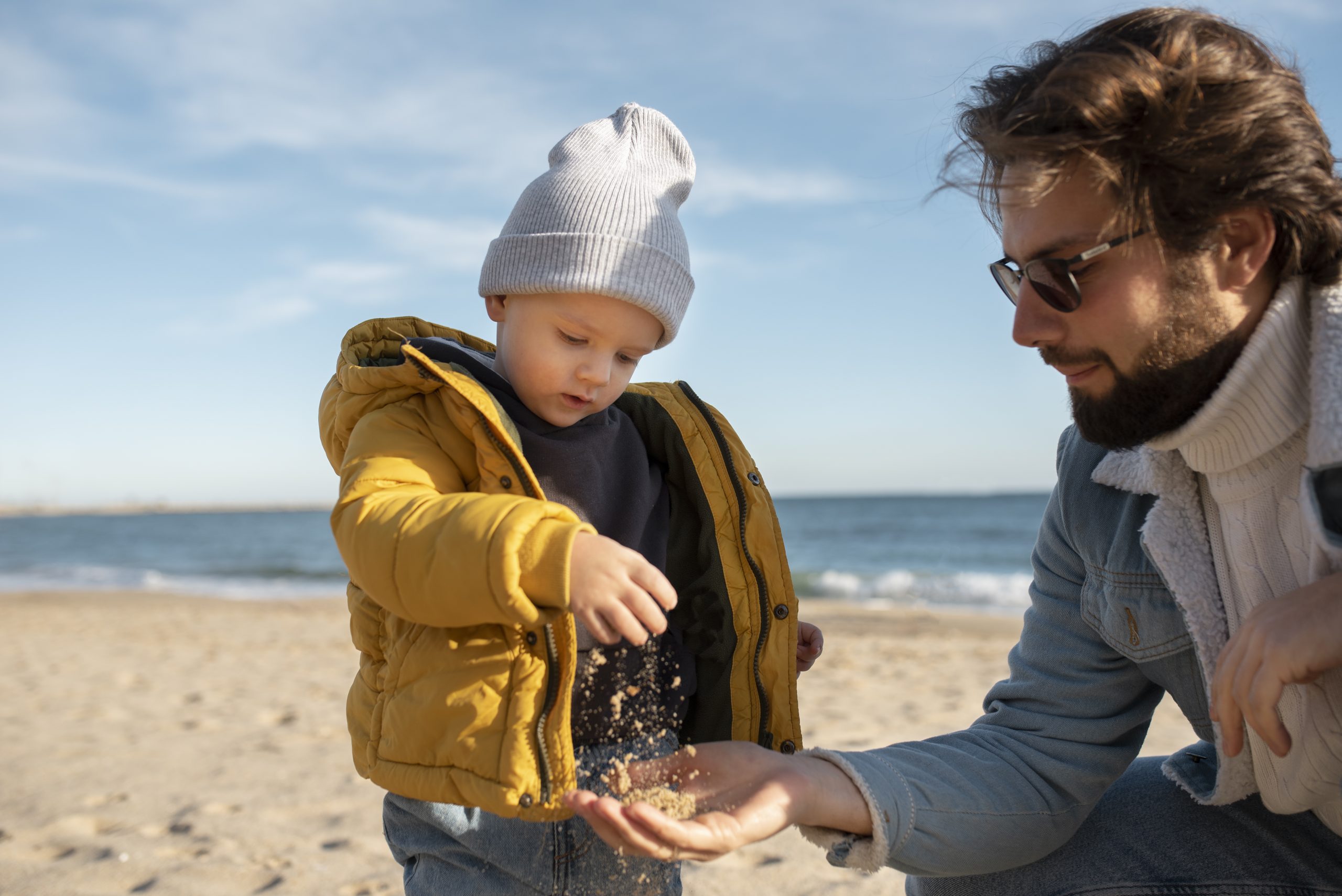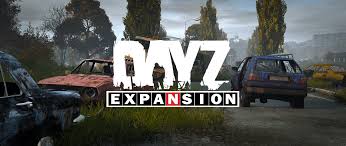A Comprehensive Guide to the World of Voice Over
The Art of Voice Over
Embark on a captivating journey into 'The Art of Voice Over' at brycepapenbrook.com. Discover a comprehensive guide to the world of voice acting, exploring the pivotal role in modern entertainment. Unleash your voice!
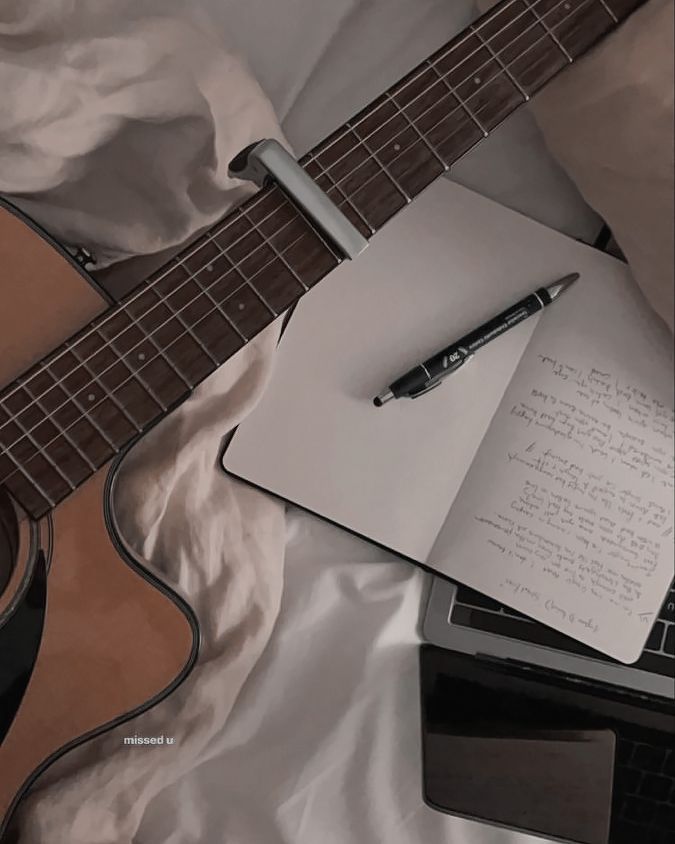
Uncover the nuances, techniques, and insights that shape the mesmerizing world of voice artistry. Explore, learn, and elevate your skills.
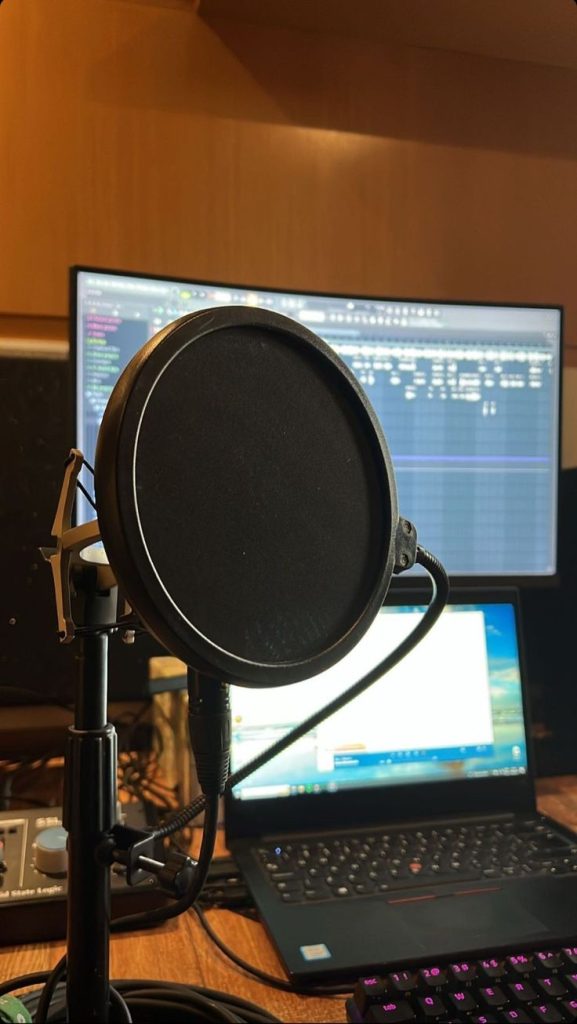
Trace the fascinating journey of ‘The Evolution of Voice Overs’ on our blog. Uncover the dynamic shifts, technological advancements, and timeless techniques shaping the ever-evolving landscape of voice acting in entertainment.

